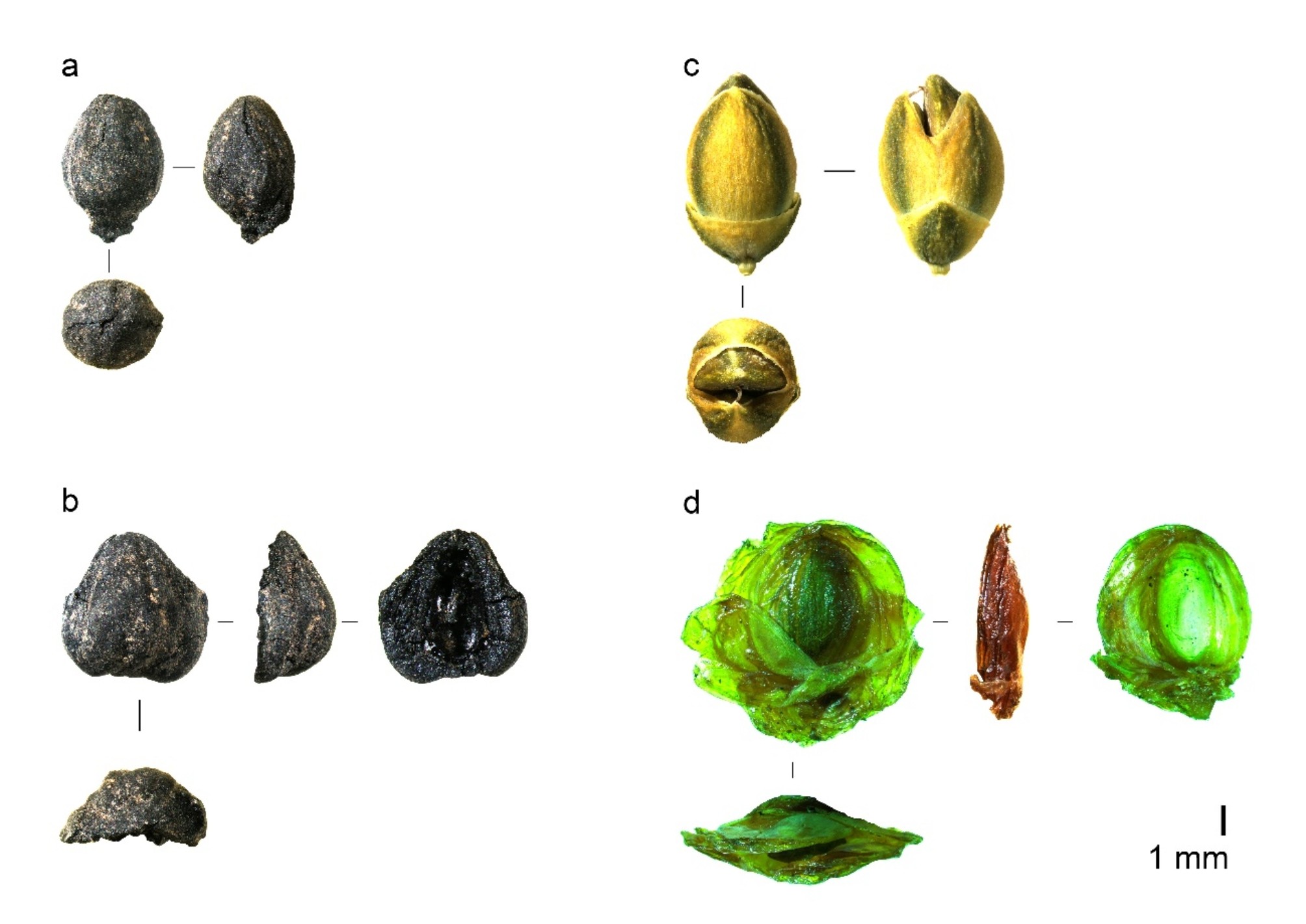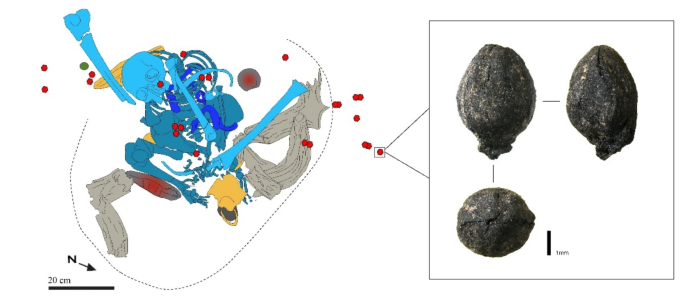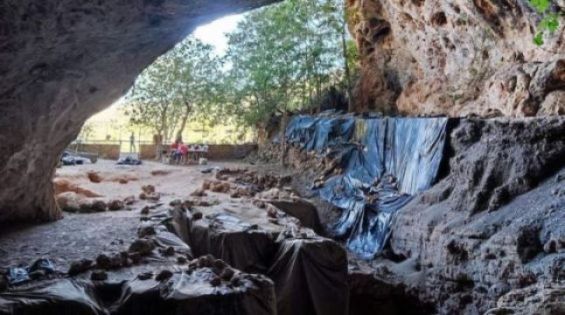The journal Nature published a study on the possible uses of ephedra during the Late Pleistocene period, based on the analysis of exceptional fossilized plant remains found in archaeological deposits dating back about 15,000 years in the Grotte des Pigeons in northeastern Morocco.
Ephedra is an ancient genus of non-flowering shrubs that grow in arid and semi-arid regions, with a geologic history dating back to the Early Cretaceous (about 120–125 million years ago). Its fleshy cones, which protect the seeds and aid in dispersal, are rich in protein and fat and are used as food by some desert-dwelling Tuareg groups and by the Mongols.
Ephedra is known for producing large amounts of alkaloids, especially ephedrine and pseudoephedrine, which are concentrated in the green stems, roots, and cones. Some of these compounds act as vasoconstrictors and stimulants. Traditionally, the alkaloids are extracted by crushing and boiling the plant to prepare it as a tea.

In Morocco, China, and other countries, ephedra has long been used as a remedy for asthma, nasal congestion, and fever. In the early 20th century, ephedrine was isolated and used in the West as a bronchodilator, though its prolonged use was linked to nervous and cardiovascular issues, leading to its replacement by newer treatments. While ephedra is now banned in many countries, interest in studying its phytochemical, pharmacological, and toxicological properties has recently increased.
Tafoughalt’s Pigeon Cave, a large cave inhabited by modern humans from over 100,000 years ago until about 12,600 years ago, provides exceptional conditions for the preservation of animal and human bones as well as charred plant remains.
Between approximately 23,000 and 12,600 BCE, the site was used by the Iberomaurusians, hunter-gatherers from Northwest Africa during the Late Stone Age. This group used fine stone tools and practiced symbolic and ritual behaviors, including tooth extraction and elaborate funerary customs.
Used in funerary rituals and for therapeutic purposes
Excavations between 2005 and 2015 revealed several nested core burials, where adults and infants were placed in sitting or lying positions at the back of the cave. Among these was the burial of an adult male, aged 19 to 20, designated as Individual 1430. This burial is one of the richest among the recent finds and the oldest based on stratigraphy.
The study highlights the significance of charred ephedra remains in this funerary context. These remains were abundant in the burial deposits, suggesting they may have been used in funerary rituals or for therapeutic purposes.

These discoveries provide evidence that the use of medicinal plants dates back to prehistoric times and confirm their symbolic and medicinal roles, particularly in burial rituals, which held special importance for the Iberomaurusians of North Africa.
It is also known that human groups in that period practiced a ritual of extracting front teeth (incisors), possibly marking the transition from childhood to adulthood. This practice likely involved significant pain and bleeding, which may have been managed with the help of medicinal herbs.
This discovery was made by a team of researchers from the National Institute of Archaeology and Heritage Sciences, including Ismail Ziani, a graduate and doctoral student at the University of Las Palmas in Spain, and Abdeljalil Bouzouggar, the institute’s director. The team also included Louise Humphrey, a researcher at the Natural History Museum in London; Nicholas Barton, a research professor at the University of Oxford; Jacob Morales, a research professor at the University of Las Palmas; and Hassan Talbi, a research professor at Mohammed I University in Oujda.





 chargement...
chargement...













